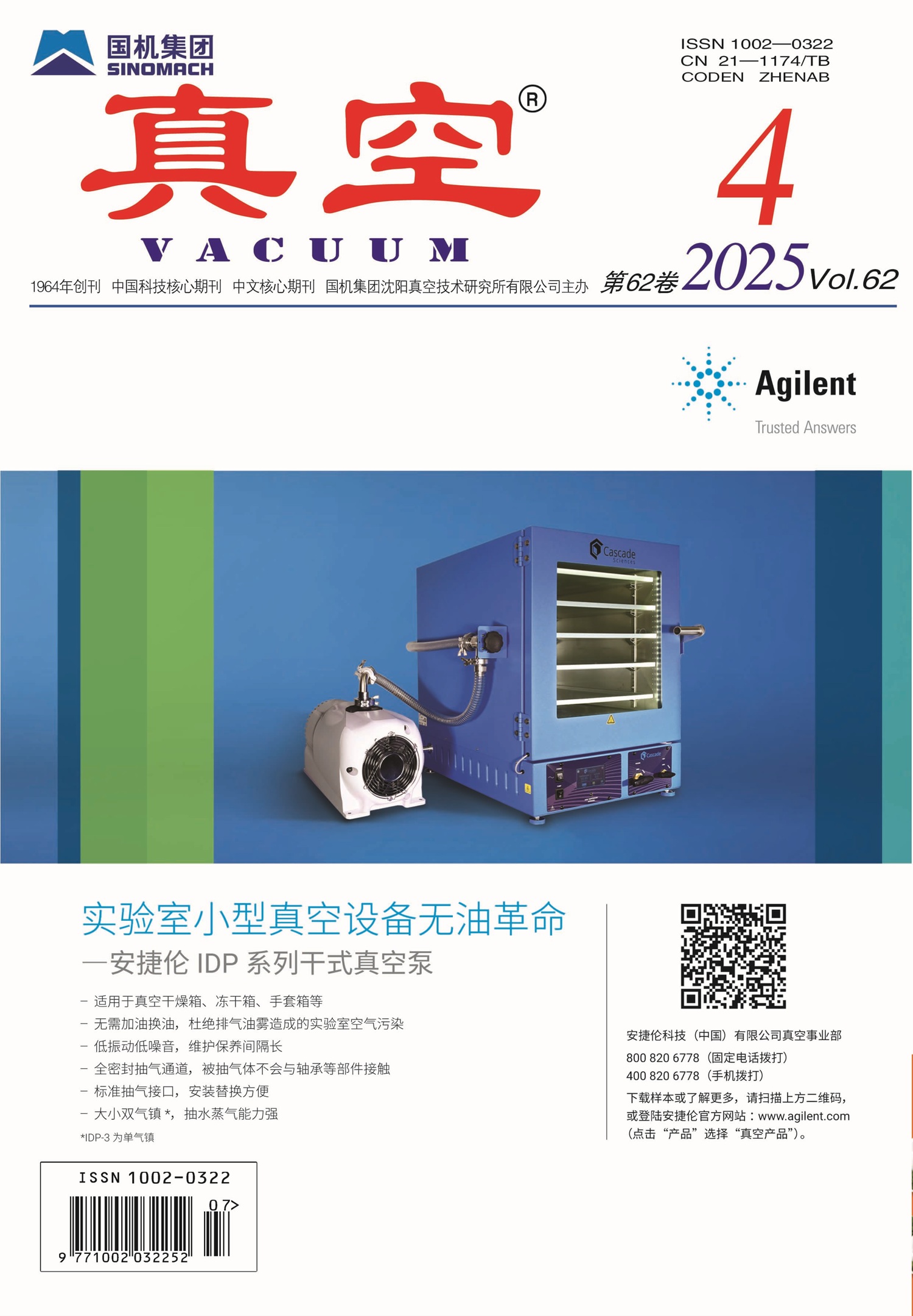|
|
Effect of RF sputtering power on properties of AZO thin films deposited at room
temperature
ZHONG Zhao-jin, CAO Xin, GAO Qiang, HAN Na, CUI Jie-dong, SHI Li-fen, YAO Ting-ting, MA Li-yun, PENG Shou
VACUUM. 2019, 56 (1):
45-48.
DOI: 10.13385/j.cnki.vacuum.2019.01.09
The Al -doped ZnO (AZO) thin films were deposited by DC -RF coupled magnetron sputtering system on glass substrates at room temperature. The RF sputtering power increased from 0 to 200W. The structure, surface morphology, optical and electrical properties of the AZO films were investigated by using X -ray diffractometer, scanning electronic microscope, ultraviolet-visible spectrophotometer and hall effect test system as a function of different RF sputtering power, respectively. The results indicate that AZO thin films with excellent performance can be prepared by DC-RF coupled magnetron sputtering at room temperature. Meanwhile, the RF sputtering power has a significant impact on the optical and electrical properties of the AZO thin films. With the increase of RF sputtering power, the compactness of AZO films and the grains size were increased, the surface morphology and growth form of the AZO films change greatly. Under RF sputtering power of 200W, the lowest resistivity of the AZO film is 5.39×10 -4 Ω·cm. The average optical transmittance of the AZO film prepared at room temperature is approximately 82.6% in the visible wavelength.
Related Articles |
Metrics
|

 Table of Content
Table of Content
 Table of Content
Table of Content